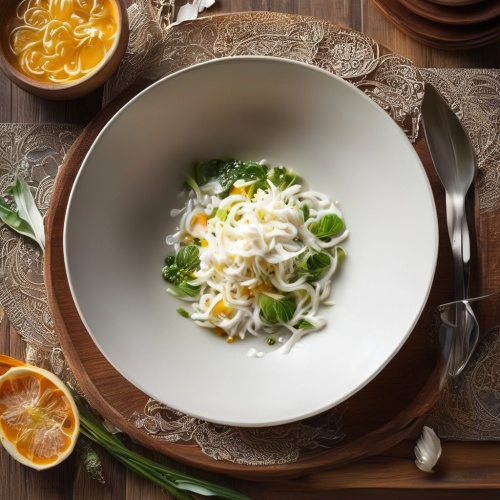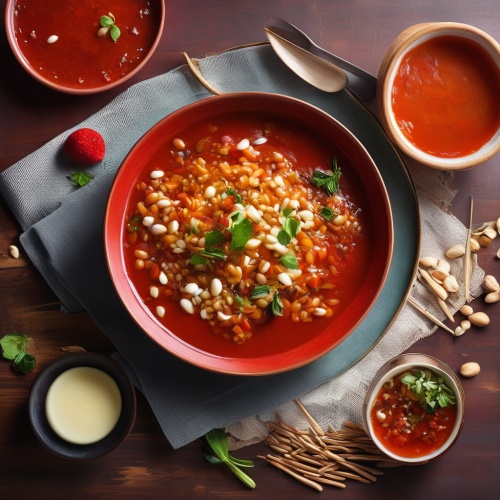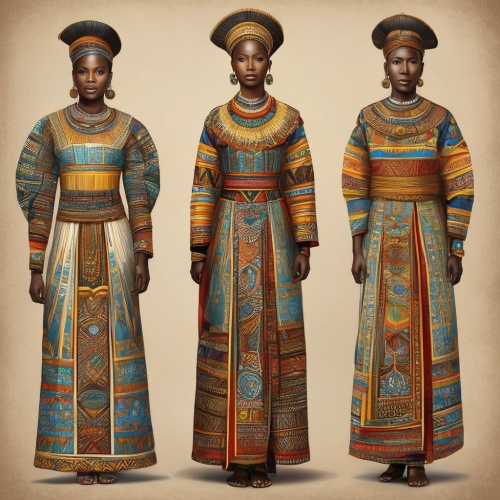Understand
Cotonou, the mouth of the river of death in the Fon language, has a rich history. It started as a simple fishing village during the time of the Dahomey Kingdom and later became a trading post for the French. In 1868, the French took full control of the region. Cotonou played a crucial role in defending against the British during their conquests. Over time, Cotonou grew in importance and became the largest city in the country. Despite the capital being located in Porto-Novo, Cotonou remains the economic and population center of Benin. It has attracted numerous government institutions and embassies, solidifying its status as the de-facto capital of the country.
Map & Climate
Popular Foods
 Dish: DahoThe Daho is a traditional Beninese dish made primarily with cornmeal dough that is fermented and cooked into a type of flatbread. It's often served alongside stews or sauces made from local ingredients such as fish, meat, or vegetables. The flavor profile varies depending on the specific recipe but typically leans towards savory and slightly tangy due to the fermentation process.
Dish: DahoThe Daho is a traditional Beninese dish made primarily with cornmeal dough that is fermented and cooked into a type of flatbread. It's often served alongside stews or sauces made from local ingredients such as fish, meat, or vegetables. The flavor profile varies depending on the specific recipe but typically leans towards savory and slightly tangy due to the fermentation process. Dish: GbakpaGbakpa is a popular Beninese dish that consists of mashed cassava (a root vegetable) mixed with palm oil, onions, and other seasonings. It is often prepared with meat such as chicken, goat, or fish, which is cooked separately and then combined with the cassava mixture. The dish has a hearty, filling quality and its flavors are bold and savory.
Dish: GbakpaGbakpa is a popular Beninese dish that consists of mashed cassava (a root vegetable) mixed with palm oil, onions, and other seasonings. It is often prepared with meat such as chicken, goat, or fish, which is cooked separately and then combined with the cassava mixture. The dish has a hearty, filling quality and its flavors are bold and savory. Dish: HouuidahHouuidah is a spicy, aromatic soup native to Benin, made with peanuts, chili peppers, tomatoes, and onions. Typically, this dish includes chunks of meat, such as chicken or goat, and a variety of local fish. The distinct medley of flavors creates a warm, inviting sensation as the soup simmers. It is known for its fiery heat which can be tempered according to individual preferences.
Dish: HouuidahHouuidah is a spicy, aromatic soup native to Benin, made with peanuts, chili peppers, tomatoes, and onions. Typically, this dish includes chunks of meat, such as chicken or goat, and a variety of local fish. The distinct medley of flavors creates a warm, inviting sensation as the soup simmers. It is known for its fiery heat which can be tempered according to individual preferences.




Comments
NO COMMENTS